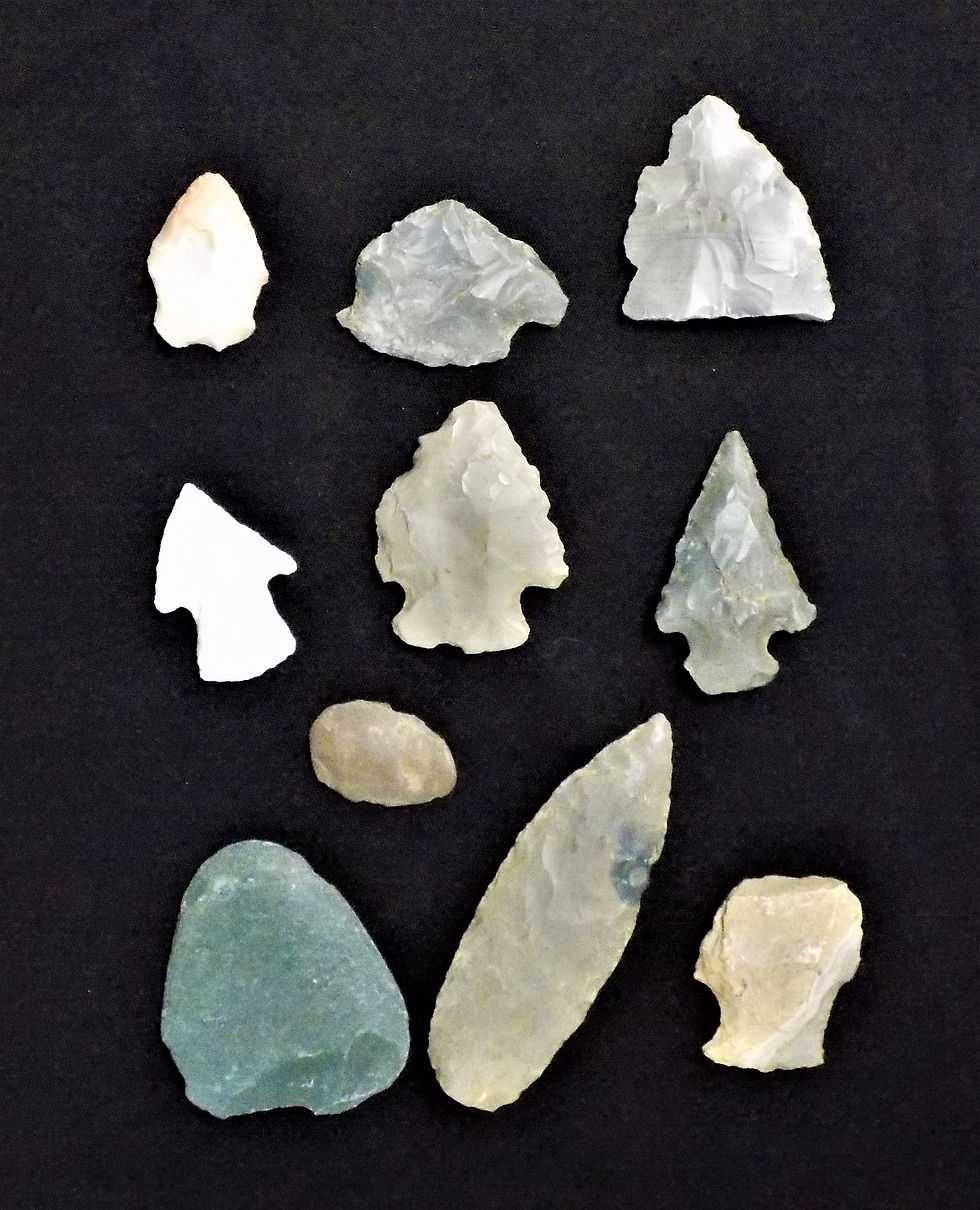Pincushions
- Lawrence Lore

- May 12, 2025
- 1 min read

In the years 1300 through 1400 metal pins were costly and not as readily available as today. They were usually stored in needle/pin cases made of ivory, bone or silver. In the early 1700's, the pin-pillows came into use, the predecessor of the pincushion today. During the Victorian era, folklore suggested that when a family moved into a new home, a fresh tomato was placed on the mantle to ward off evil spirits and bring prosperity to the new home. Since tomatoes were only available in certain seasons, the good luck symbol began to be fashioned from fabric and stuffed with sawdust and embellished with leaves and veins. Women started using these tomatoes to store stray pins and needles, leading to the creation of the tomato pincushion.

The Jennings Brother Metal/Silver shoe pincushion shown above became popular during the Victorian era. Well-to-do women would display their large collections of pincushions on shelves in their parlors. Doll pincushions were very popular as well as silver animal shapes and shoes. This collection of shoe pincushions recently donated to the Historical Society includes ones made of silver, plastic/celluloid and ceramic.


